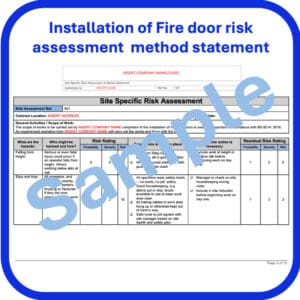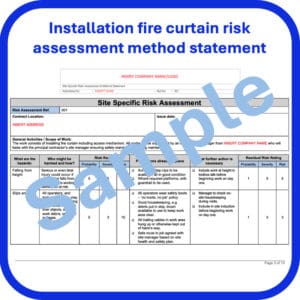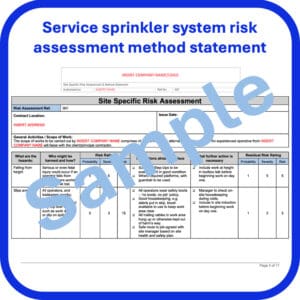RAMS Fire protection stopping
Fire protection stopping is a process that involves filling openings in a building with fire-resistant materials to prevent the spread of fire, smoke, and heat. It’s a key part of passive fireproofing and is a legal requirement in the UK.
Fire stopping is made up of three elements:
- Fire-rated assembly: A wall or floor that’s fire-rated
- Fire stop material: A material like intumescent material or fire caulking
- Penetrating item: A plumbing pipe, electrical cables, or conduit
Some examples of fire protection stopping materials include:
- Intumescent sealants
- These sealants expand when exposed to high temperatures, filling gaps and sealing penetrations. They can be used around pipes, cables, and other penetrations.
- Fire-rated mortar
- This cement-like compound is applied to seal larger openings or gaps.
- Intumescent paints
- These coatings expand when exposed to high temperatures, forming an insulating barrier.
- Acrylic sealants
- These sealants provide a flexible seal that suppresses the passage of fire, toxic gases, and smoke. They can be used for sealing annular joints around pipes, fire collars, and fire sleeves/wraps.
Fire stopping creates fire-resistant compartments within a building to contain a fire and create a safe exit route for occupants.
Choose from the grid list below or filter using the options on the left.





